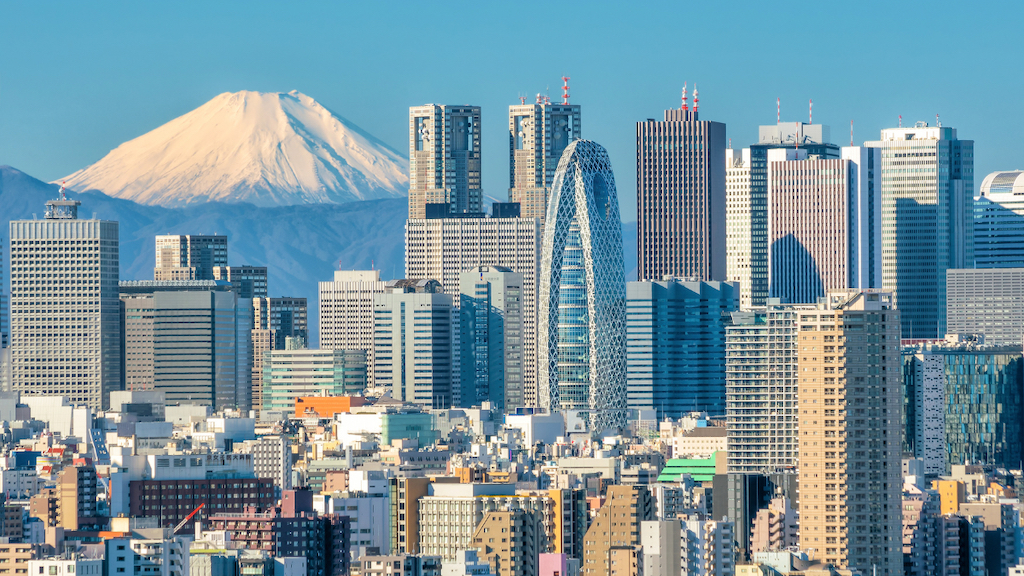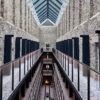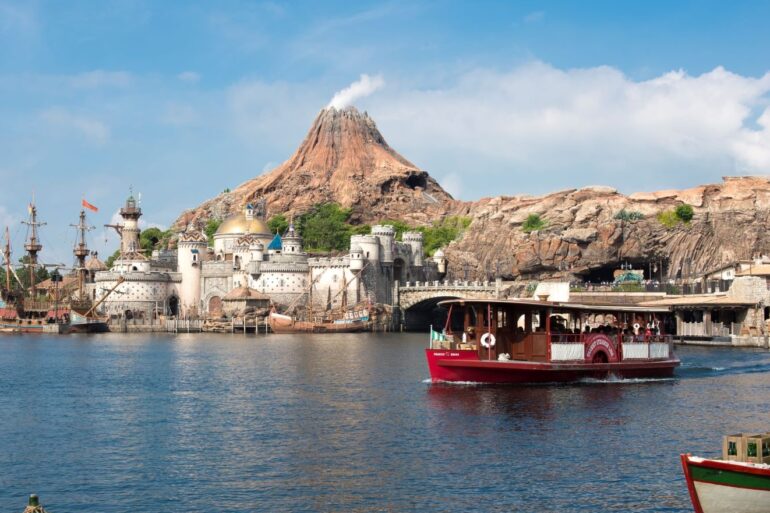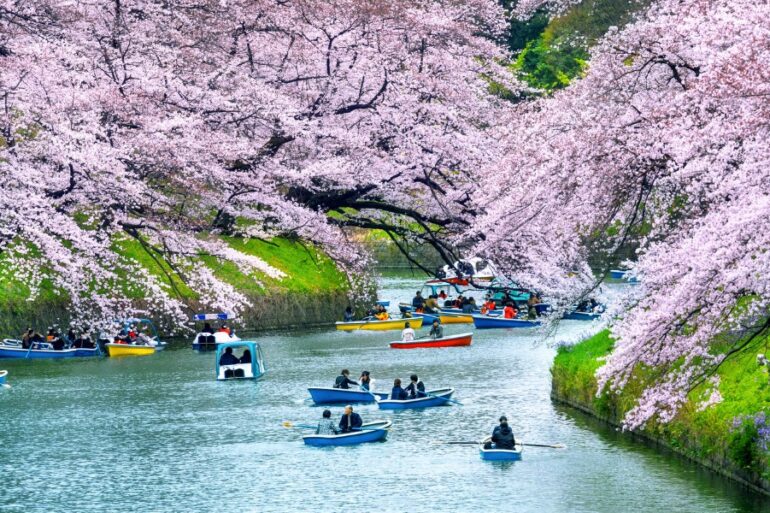With its signature apple green color, the Yamanote Loop is the city’s busiest and most popular—and my sentimental favorite.
Tokyo is the world’s biggest metropolis in terms of urban area. But travelers need not be overwhelmed by its mammoth size because it has one of the world’s most efficient railway systems. Travelling around Japan and getting from Point A to Point B is fast, safe, convenient—and, yes, it can be pretty cheap, if you know how to work your way around.
Tokyo can be an expensive destination, but with the right amount of research and planning, you can actually say “Tokyo” and “shoestring budget” in one sentence. This Tokyo train guide for a four-day stay will hopefully, take you to some of the mega city’s best known sights fuss-free through its Japan Railway (JR) Yamanote Line.
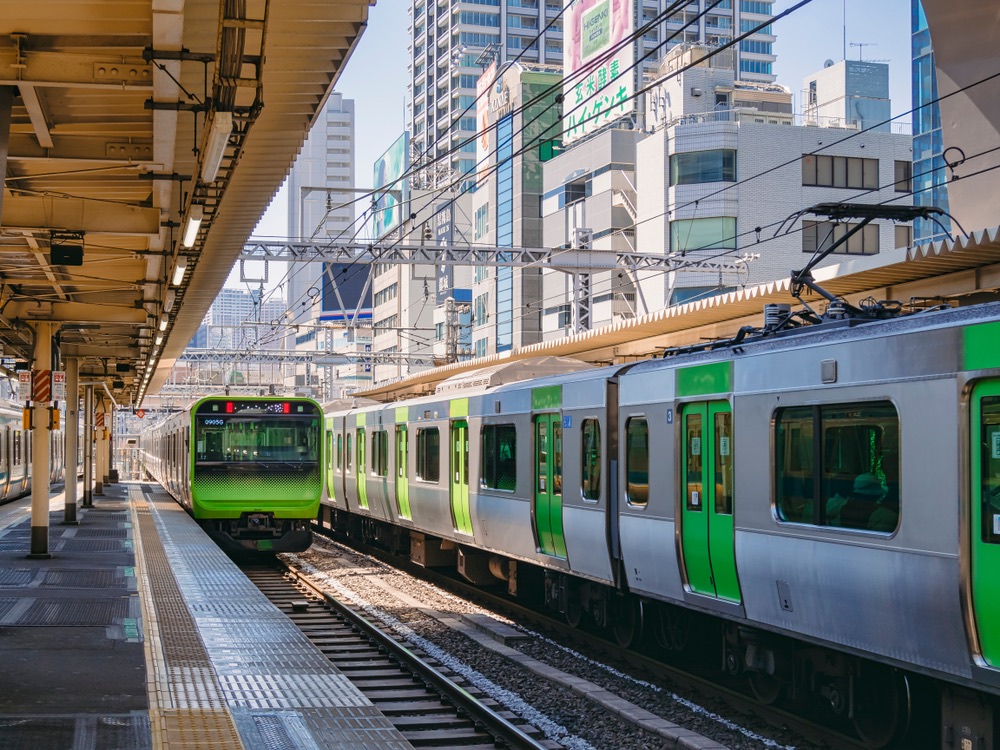


With its signature apple green color designation, the Yamanote Loop is the city’s busiest and most popular—and my sentimental favorite. Trust the JR Yamanote Line’s 35-kilometer loop and 30 stations to get you almost anywhere in Tokyo in no time and on time, and we’re here to guide you every step of the way during your four-day stay.
First things first
Haneda Airport, officially known as Tokyo International Airport, is the literal gateway to Tokyo, with it being in the city itself. It is then the most convenient choice for travelers going to and from the city. From there, going to central Tokyo is a piece of cake—the Tokyo Monorail connects the airport to JR Hamamatsucho Station on the JR Yamanote Line.
The beauty of both the Keisei Skyliner and the N’EX is that they are dedicated airport services. It means comfort, especially after a long flight, because you don’t have to compete with daily commuters for seats and space.
Arriving in Japan through Narita International Airport is a trickier affair. It’s farther, being in Chiba prefecture, meaning travel time to central Tokyo is much longer and, of course, more expensive. You have several options to get yourself to Tokyo and your choice depends on your budget, time, and the number of luggage you’re carrying.
The fastest, yet the priciest options are the Keisei Skyliner (fare starts at JPY2300 or P880), and the much newer and sleeker Narita Express or N’EX (roundtrip tickets are at about JPY4070 or P1575) to fully enjoy your Japan by train adventure.
The Keisei Skyliner is the faster option between the two as it takes you from Narita Airport to JR Nippori Station in Tokyo in only 36 minutes, and JR Ueno Station in only 41 minutes. The N’EX, on the other hand, is the better choice if you’re checked in at a hotel in the west of Tokyo like the areas of Shibuya, Shinjuku and Ikebukuro. All N’EX trains make a stop at Tokyo Station (53 minutes), with some trains continuing on to Shibuya, Shinjuku, and even farther afield like Yokohama, with no transfer required.
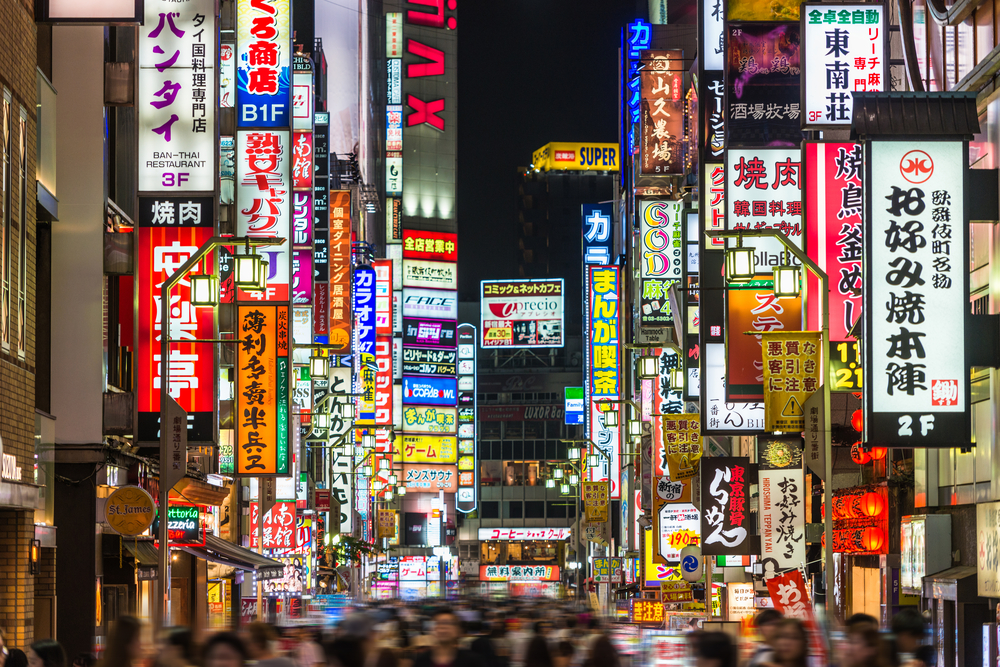


The beauty of both the Keisei Skyliner and the N’EX is that they are dedicated airport services. It means comfort, especially after a long flight, because you don’t have to compete with daily commuters for seats and space. Speaking of seats, both train services have comfy seats with spacious leg rooms. They also have charging ports, separate luggage storage spaces, and free Wi-Fi, which is a welcome bonus for every traveler who just arrived in a foreign land. Make sure to reserve your seats online before your flight!
However, if you’re traveling on a tight budget, and time and luggage are not issues, going to central Tokyo from Narita Airport through the Keisei Main Line Limited Express starts at only JPY1,050 (about P406). The journey takes about 75 minutes and ends at Nippori Station, which connects to a JR station of the same name on the Yamanote Line. (On a side note, if you look at it, the 15- to 30-minute difference between this option and the travel time on either the much pricier Keisei Skyliner or Narita Express is quite negligible if you’re not pressed for time.)
And this, my dear readers, is all that matters: getting yourself to any JR Yamanote Line station if you don’t plan on purchasing a train pass during your stay in Tokyo. JR Nippori station is usually the gateway station if you’re coming in from Narita, and JR Hamamatsucho if you’re flying in through Haneda.
Don’t forget that when choosing your accommodation, make sure it’s near a JR Yamanote station. Fret not, as an abundance of choices await.
Note: All stations mentioned from here on are part of the JR Yamanote Loop, unless otherwise stated. Fares on the JR Yamanote Line start at JPY140 or P55.
Day 1: Komagome, Ueno, Akihabara
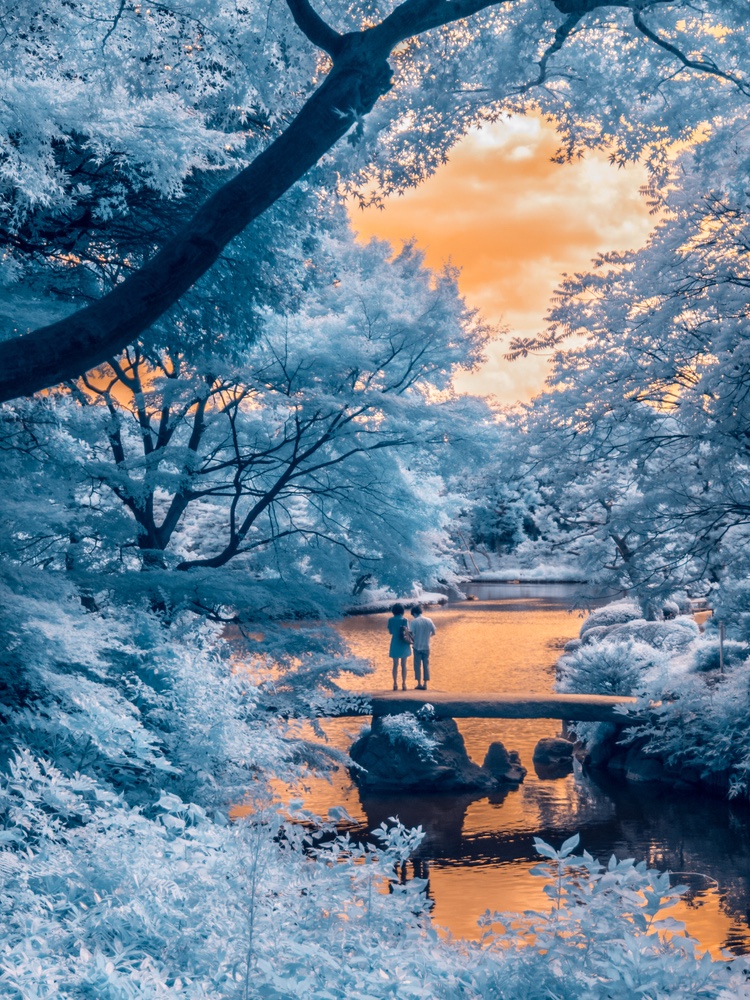


Most visitors to the Japanese capital make a beeline to Shibuya and its world-famous crossing. I can’t blame them, though, as I did the exact same thing on my first time in Tokyo. The Shibuya Scramble, with a nice detour to Hachiko on the side, is one of Tokyo’s most iconic experiences after all. However, after a long flight—four to five hours if you’re coming in from Manila—a stroll along one of Japan’s famed gardens is not a bad idea for a first stop on your first day.
A few minutes away on foot from the JR Yamanote Line’s Komagome station is Rikugien, one of the most famous among Japan’s many landscape gardens. The name Rikugien translates to “Garden of the Six Principles of Poetry,” reflecting its design that evokes the scenes of waka poetry, with its different sections that represent various themes and seasons.
Rikugien is lovely all-year round but especially so in spring because of its dainty cherry blossoms, and in autumn with its mesmerizing fiery foliage. Its walking paths are designed for leisurely strolls, perfect for taking in its aesthetic that’s typical of Japanese garden design, one that combines nature with human artistry.
Once Rikugien has calmed your senses, you can head back to JR Komagome Station and proceed five stations away to Ueno Station, one of Tokyo’s main transport hubs. Sitting outside the station is Ueno Park, which is more than just a park—it’s a collection of some of Tokyo’s most important cultural sights, including four museums, temples, shrines and Ueno Zoo, the city’s oldest zoo.
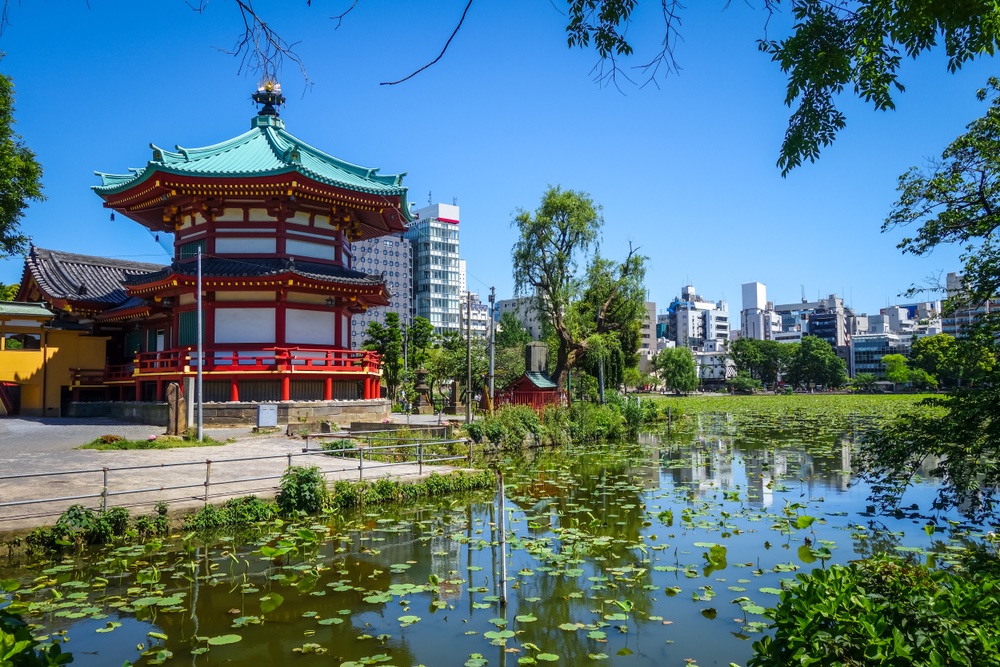


Art and culture lovers can choose one or even two from among the four museums nestled within the park’s sprawling grounds. There’s Tokyo National Museum, one of Japan’s oldest and most comprehensive, boasting a vast collection of traditional and historical artifacts. Then there’s the UNESCO-inscripted National Museum of Western Art and its equally formidable collection. Tokyo Metropolitan Art Museum, meanwhile, regularly hosts art exhibitions and events, while the more understated Shitamachi Museum gives visitors a peek into the daily life of Tokyo’s working-class neighborhoods. Whichever your pick is will be a great introduction to Japan’s rich history and culture.
Ueno Park is also ideal for a pleasant afternoon stroll, especially in hanami or cherry blossom season. It is one of Tokyo’s most popular spots for sakura viewing, so get ready for throngs of people when visiting during that season.
Ghibli Museum is a portal into the mind of the great Japanese animator and storyteller Hayao Miyazaki, best known for his films like My Neighbor Totoro, Spirited Away, Ponyo, and Princess Mononoke.
End your first day in Tokyo with a nighttime walk in and around Akihabara, or Akiba for short, the anime mecca, not just of Japan but of the world, with JR Akihabara Station only two stops away from Ueno Station. This district in Tokyo throbs with life thanks to its dizzying maze of video game shops and arcades, and hundreds—maybe even thousands—of stores selling all sorts of things imaginable from cosplay items to toys, anime and manga merchandise to rare collectible cards.
Just outside JR Akihabara Station sits the massive Yodobashi Akiba, one of the flagship stores of the popular Japanese retail chain. You can lose yourself for hours perusing Yodobashi Akiba’s extensive collection of products. You can find all the latest gadgets, appliances, video games, toys, even stationery and food items all under one shiny roof.
Pro-tip: Yodobashi stores offer tax-free shopping for tourists! Don’t forget to present your receipt at the tax counter for tax refunds.
Day 2: Harajuku, Shibuya and Shinjuku
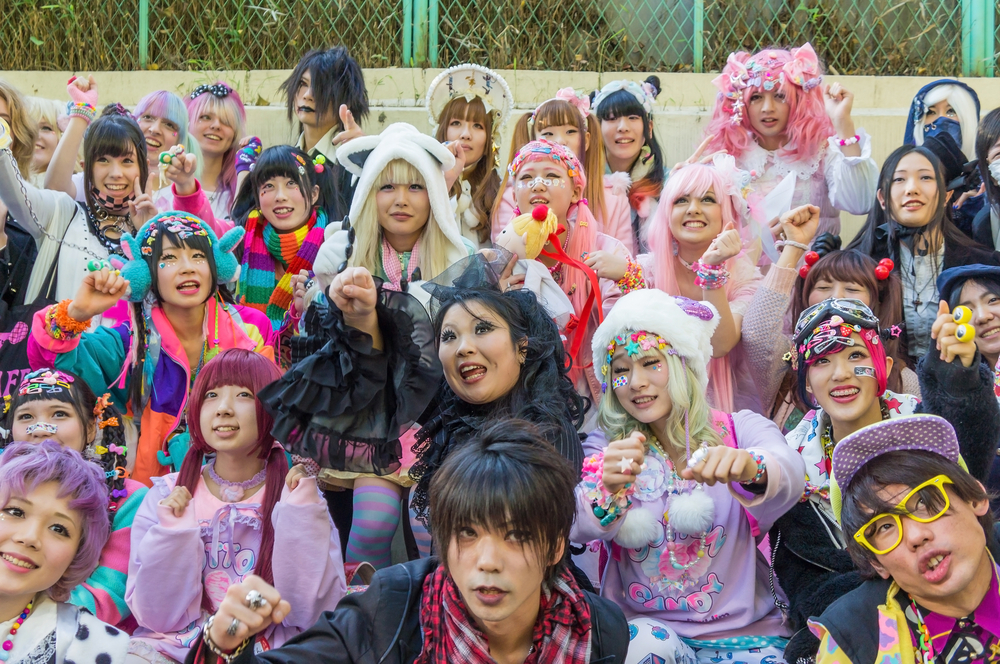


Your second day in Tokyo is going to be a hectic one, with the popular trifecta of Harajuku, Shibuya, and Shinjuku on the itinerary. Hence, I suggest starting the day with a quiet stroll in Meiji-jingu or Meiji Shrine, only two to three minutes away on foot from JR Harajuku Station on the Yamanote Line, to prep yourself up for what could be a tiring day of sightseeing ahead.
An oasis of calm in stark contrast with Tokyo’s frenetic energy, Meiji Shrine is one of the capital’s most revered places. As you enter the grounds, a massive torii gate made of cypress greets and leads you to a tree-lined path toward the main shrine. More than just the huge significance of the shrine in Japanese culture, its forested area is a welcome respite from the bustling metropolis that envelops it, making it a popular spot for a stroll among locals and tourists alike.
After your visit to Meiji Shrine, you can proceed directly to Omotesando in Harajuku district. This area is one of Tokyo’s main shopping and entertainment districts, especially among the younger crowd. Just outside the entrance of the shrine is Omotesando-dori, the zelkova-lined avenue that’s often referred to as Tokyo’s “Champs-Élysées” due to its plethora of luxury stores.
Nearer the train station is the perpetually jam-packed Takeshita-dori, the central hub of Japan’s youth culture with all its quirky boutiques and cafés. Make sure you treat yourself to an order of crepes in one of the many kiosks selling the French pancake that has become popular in the area.
The next item on your itinerary is Shibuya, which is only a station away from JR HarajukuStation. If you are in the mood to burn some calories, however, you can also save a couple of yen if you walk from Harajuku to Shibuya instead through Cat Street.
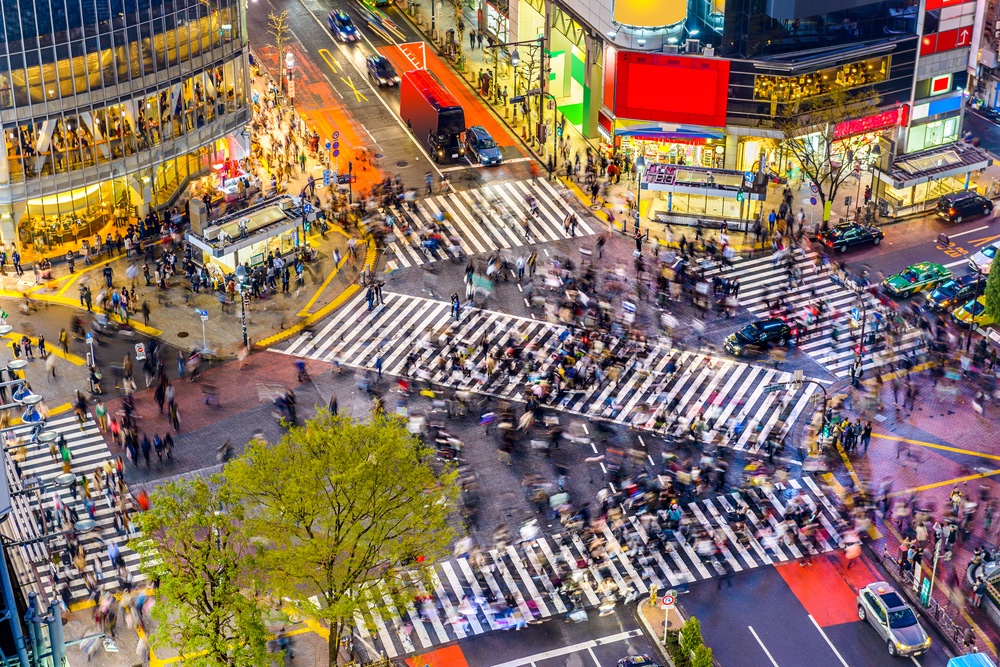


Running parallel to Omotesando-dori, this street is also known for its stylish boutiques and trendy shops amid a more laid-back atmosphere. The street is also known for its restaurants, coffee shops, art galleries, and pop-up exhibitions. There’s just so much to see and do on Cat Street that you’ll be in Shibuya before you know it.
If you take the faster route to Shibuya, i.e. by train, just outside JR Shibuya Station is tiny Hachiko Park, and what is perhaps Japan’s most famous statue, that of the eponymous faithful dog. Across the park is the world-famous crossing that needs very little introduction.
There’s no better way to cap off your second night in Tokyo than in the nearby district of Shinjuku, only three stations away on the Yamanote Line from Shibuya. Known for its lively, almost unrestrained nightlife, Shinjuku is probably your earliest image of Japan—neon lights, Japanese signages and all.
Start your food crawl or bar hopping in Kabukicho, located on the eastern side of Shinjuku. Considered Tokyo’s red-light district, Kabukicho has so much more entertainment options to offer than clubs and bars. End your evening at the atmospheric Golden Gai and get lost in its charming narrow alleys filled with izakaya, small traditional bars and pubs that stand cheek by jowl.
Pro-tip: For a great view of the Shibuya Scramble, head out to the Starbucks branch on the second floor of the Tsutaya building or from the Shibuya Scramble Square observation deck. Once you’ve made it safely to the other side, you can easily spend the rest of your day shopping, sightseeing, and eating your heart away at the vibrant district of Shibuya.
Day 3: Marunouchi and Odaiba
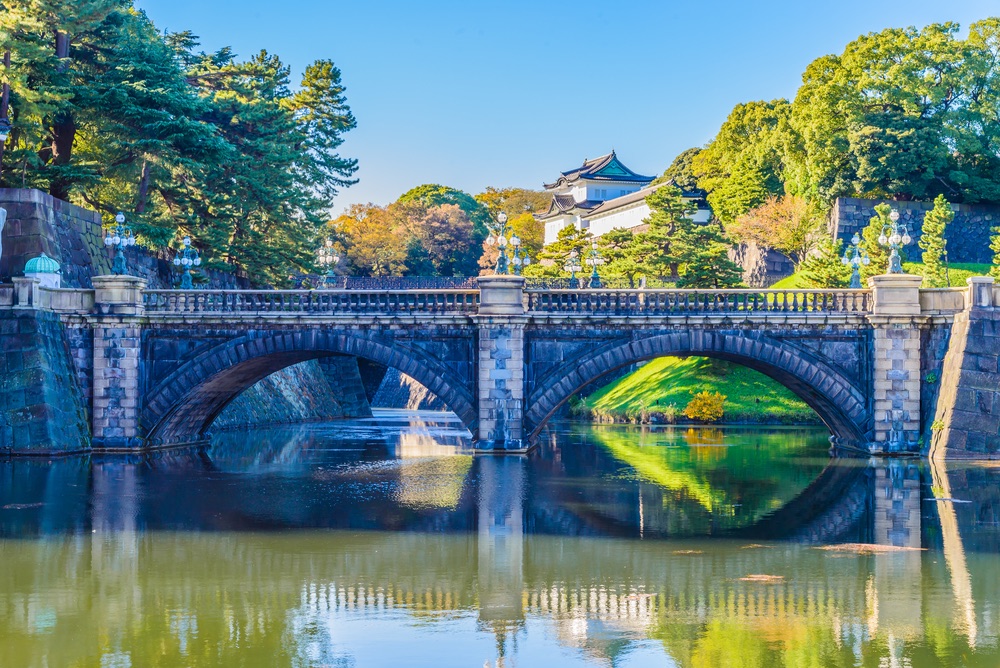


Start your penultimate day in Tokyo with a quick visit to the Tokyo Imperial Palace and Gardens, which is accessible on foot from JR Tokyo Station on the Yamanote Line.
Located within the central business district of Marunouchi, amid gleaming skyscrapers and modern architecture, the Tokyo Imperial Palace stands as an enduring reminder of Japan’s erstwhile imperial might.
Take note, however, that only the surrounding East Gardens and Outer Gardens are accessible to the public, which both offer a glimpse into the palace’s grandeur. The inner grounds are only open to the public on specific occasions.
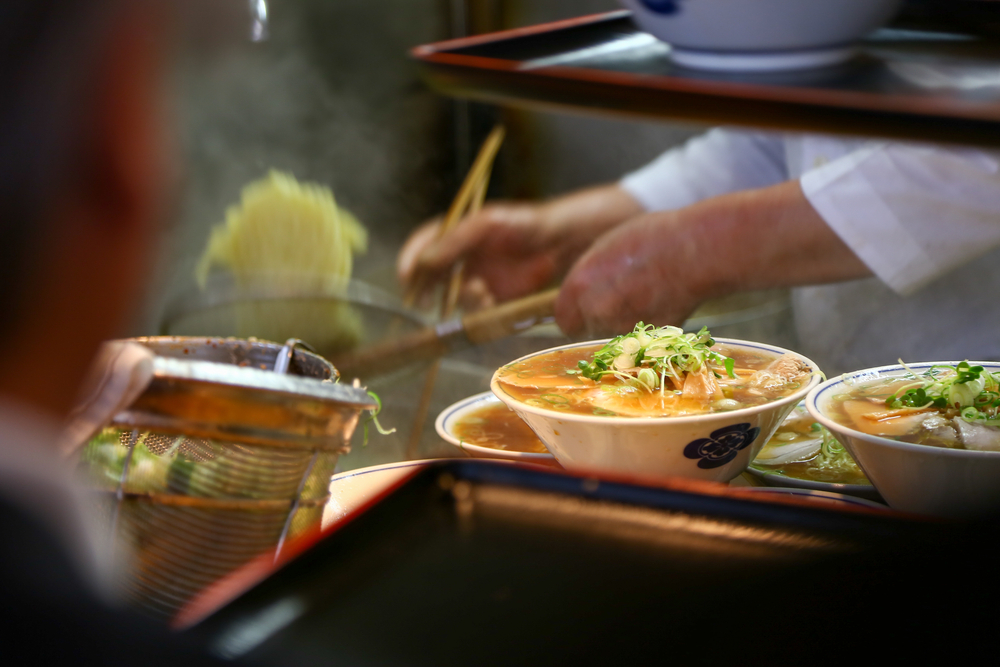


Make your way back to JR Tokyo Station for some ramen. On the lower floor of the station is Ramen Street, where, true to its name, is a bevy of restaurants offering different kinds of ramen. I highly recommend having a bowl of Rokurinsha’s tsukemen. You’ll thank me later.
After lunch, resume your japan by train travel and ride the Yamanote train to JR Shimbashi Station, your gateway to Odaiba, a shopping and entertainment district on a reclaimed island in Tokyo Bay. You need to shell out some extra yen to get there, however, as the Yamanote Line doesn’t have a direct route to Odaiba—trust me it’s worth it. You need to get on the nearby Yurikamome Line, an automated transit system that services Odaiba and its environs. Make sure you sit at the very front of the train for an unobstructed view of the scenic route which will take you in between skyscrapers and over Tokyo Bay.
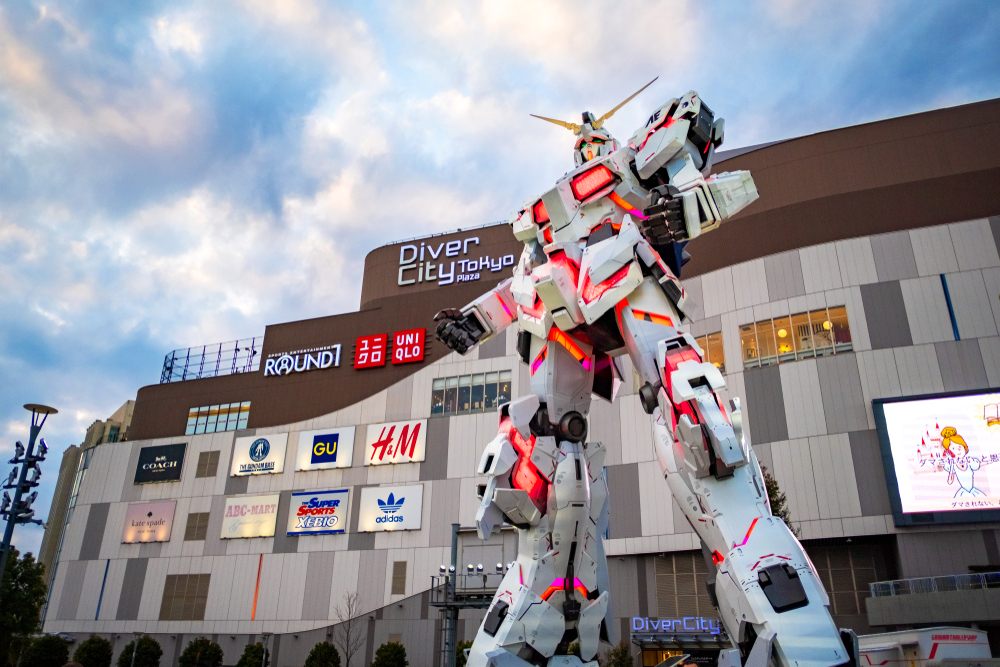


You can spend the rest of your day until night falls in Odaiba, which is bursting with things to do, eat, and experience. It has malls aplenty from DiverCity Tokyo Plaza and its now-iconic bigger-than-life RX-78-2 Gundam statue to Aqua City and its charming waterfront promenade. Palette Town is also worth a visit, especially if you are into cars, with its Toyota Mega Web showcase, and you can shop ‘til you drop at VenusFort with its large outlet stores. Too bad TeamLab Borderless in Odiaba closed down in August 2022—and shortly after opened TeamLab Planets in Koto-ku, which is a must-see as well.
Pro-tip: The Tokyo Imperial Palace is closed on Mondays and Fridays. It’s also closed on specific holidays. Check the official website of the Imperial Household Agency for updated information on visiting hours, guided tours, and any upcoming closures.
Day 4: Mitaka and Shin-Okubo
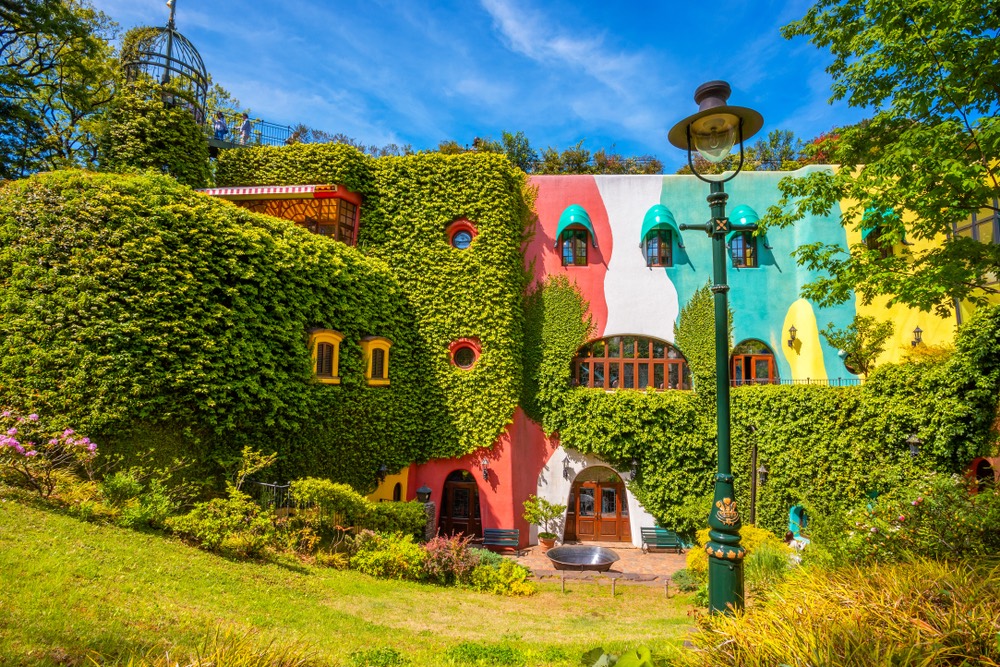


End your Tokyo sojourn on a more relaxed note with a visit to the suburban district of Mitaka. Again, you will need to shell out just a few extra yen (only JPY220 or P85) to get to JR Mitaka Station through the Chuo or Sobu Line from JR Shinjuku on the Yamanote Line.
Mitaka is known for one thing: the Ghibli Museum. You don’t have to be a fan of Studio Ghibli to appreciate this one-of-a-kind museum that is equal parts whimsical and fantastical. The museum is a portal into the mind of the great Japanese animator and storyteller Hayao Miyazaki, best known for his films like My Neighbor Totoro, Spirited Away, Ponyo, and Princess Mononoke. It offers a breathtaking, almost visceral, experience into the world of Studio Ghibli through its exhibitions and art installations.
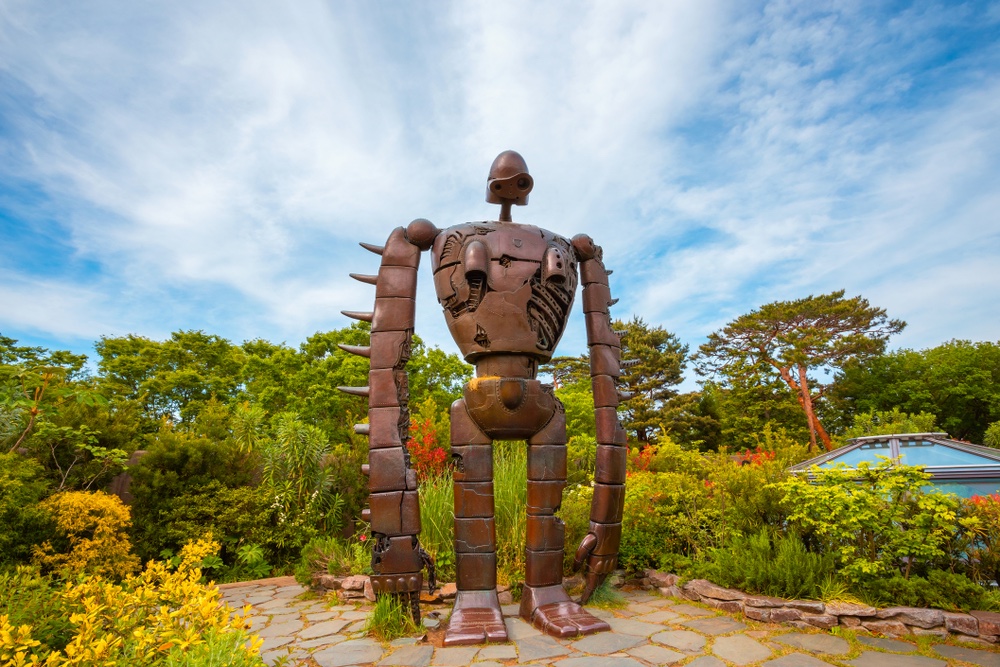


The architecture of the museum is in itself a joy to behold. The interiors, in particular, are filled with ornate details, including spiral staircases and stained glass windows.
Before heading back to JR Mitaka Station, make sure to take a stroll at Inokashira Park which is right beside the Ghibli Museum. The expansive park has a pond where you can rent rowboats, walking paths, and its own zoo.
Once you’re back in Shinjuku and you have some time left before your flight back home, you can get on a Yamanote train to JR Shin-Okubo Station, which is just one stop away from JR Shinjuku Station. Shin-Okubo is Tokyo’s “Koreatown,” known for its palpable SoKor influences as seen in its mish-mash of Korean markets, restaurants, and shops that cater to the local Korean community and K-culture lovers. If you’re into K-Pop, Shin-okubo is a must visit—it’s like being transported to Seoul while in Tokyo.
Pro-tip: Entrance to the Ghibli Museum requires advance reservation, and tickets are often sold out quickly. Visit this site to purchase your pass.

